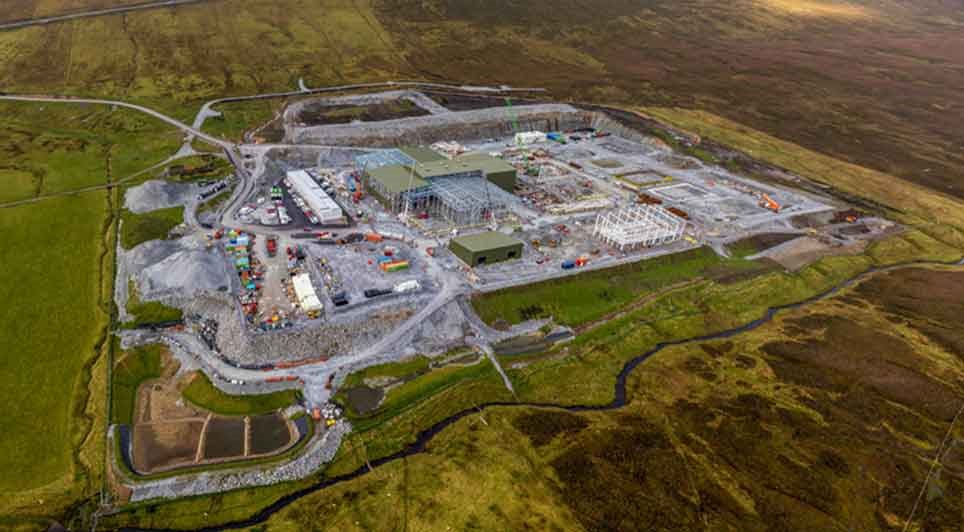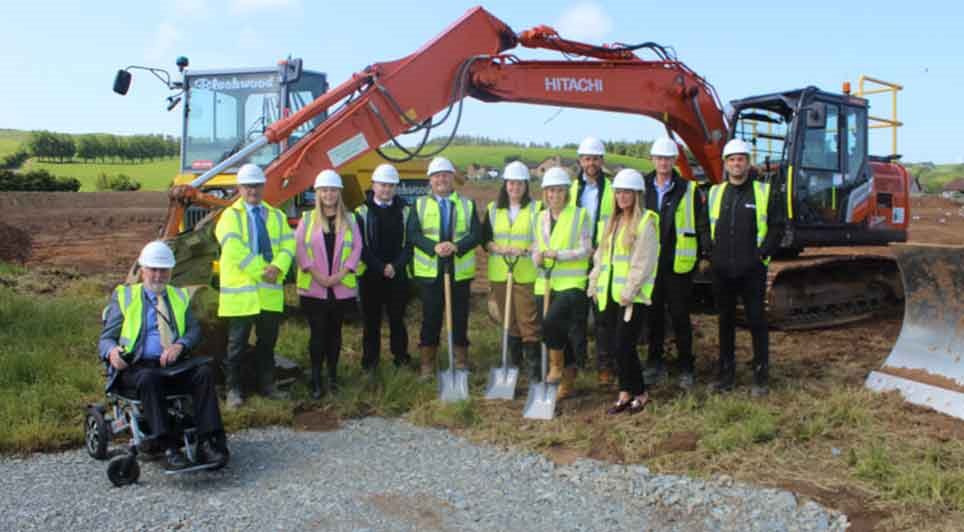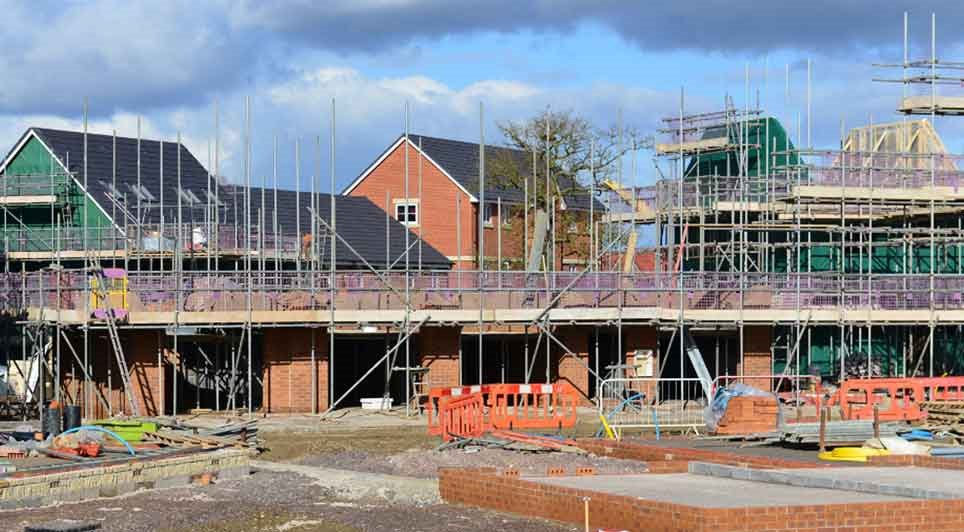"Go and put another jumper on" something I heard as a child; but is it something this generation will hear?
We all deserve the right to be warm; building regulations even focus on having suitable heating systems in dwellings to meet a reasonable standard, but can we afford to run these systems now and how can we be sure they operate as efficiently as possible?
How can we reduce energy costs in our homes whilst still living in a comfortably?
The recent energy cost increases are going to impact everyone across the UK, and the only real way to reduce this cost is to reduce how much energy we use.
Different building types have different options available to make them more efficient, with some being relatively easy and others being more challenging.
The first approach to efficiency should always be focussed on the building fabric, where we look at the current building and evaluate where we may be losing heat and what we can do to reduce that loss.
Some of the easy solutions include introducing insulation to loft or cavity wall. Having the loft insulated will reduce heat loss through the ceilings of the building and stop the cold temperatures striking down, the loft space is usually a ventilated area, which makes it naturally cool, especially in winter, but of course we don't all have loft spaces.
Cavity wall insulation is a method used to fill the void between the internal wall and the external wall of a building. This cavity can be filled with insulation that will reduce the loss of heat from inside the building and reduce the cold from outside
New buildings are built with cavity insulation, a method that has been applied for a number of years. If, however, you occupy an older building, it's highly likely there is not even a cavity.
There are also buildings that are classed as 'non-traditional', maybe a prefabricated structure. meaning it was built in pre-made or pre-cast concrete sections, or of poured concrete rather than the traditional bricks and mortar that can prove more challenging to treat
Here, options such as internal wall insulation (IWI) of external wall insulation (EWI) might be appropriate, though there are limitation to these techniques and expert advice must be sought before proceeding.
Draught exclusion also needs to be considered. Many homes are not wind or watertight, so addressing some of these basic issues will be beneficial for the efficiency of the building.
From a plumbing and heating perspective we need to look at the way we heat our buildings and how we use the systems that generate the heat.
One of the simple 'quick wins' includes insulating our plumbing systems though accessing the pipework may prove challenging and impractical. If you have any pipework in easy to access unheated voids such as under timber floors and in roof spaces that is not insulated this would be a way to reduce the heat loss in the pipework. This means more heat reaches the radiators; so, rooms will heat quicker and reduce the demand on heating appliances.
Suitable controls are essential for optimum efficiency regarding heating systems. Checking to see what your existing heating controls are set at is simple. Look at the times you have set, and if the heating and hot water are operating at times when the building is not being used, make the required changes. Turning heating thermostats down a degree or two may help.
Modern heating systems are required to have suitable controls to ensure optimum efficiency. For example, a new boiler and heating system or a boiler upgrade is required to have independent time and temperature control for both the hot water and the central heating.
The use of thermostatic radiator valves (TRVs) also allows more localised control in rooms. TRVs are radiator valves that operate to the temperature in the area they are located, if the area reaches the set temperature it effectively shuts down the radiator, if the area cools, then the TRV will open the valve to allow heat into the radiator.
There are a range of control types from easy to operate systems to more complex control systems that incorporate smart devices, such as voice-controlled hubs that use wireless technology. The more complex systems can also use geo fencing, which can determine how far away from home you are and only allow the heating to turn on once you are within a certain distance.
Hot water storage is another area. If you have an airing cupboard with a hot water vessel, you can check the thermostat attached to the vessel. Hot water thermostats are usually set at 60 degrees Celsius. You may be tempted to lower the thermostat, but this can have major safety issues. The water in the vessel must be heated to 60-degrees Celsius to pasteurise the water and kill off any harmful bacteria such as Legionella.
Another option could be to upgrade the heating system and the appliances, things like a new boiler, radiators, and controls.
There are also renewable energy solutions, for example, solar thermal hot water. This is the use of a solar panel to heat some or all your domestic water. You could also consider a heat pump, that uses energy from the ground or air to heat the home. You need to consider and assess whether this would actually reduce your energy costs as heat pumps use electricity to operate.
Take the advice of a SNIPEF member who provides heating services on any of the topics mentioned above. There is also impartial energy efficiency advice provided through Home Energy Scotland which may direct you to government support including loans and grants to improve the energy efficiency in your building.
Martyn Raine is the Technical Skills Manager at SNIPEF, the trade association for plumbing and heating professionals in Scotland and Northern Ireland.
Martyn Raine is the Technical Skills Manager at SNIPEF, the trade association for plumbing and heating professionals in Scotland and Northern Ireland.
Construction News
18/10/2022
The Power To Reduce Your Energy Costs This Winter


17/06/2025
Sypro has announced a major milestone in its long-standing partnership with SSEN Transmission, having now managed over £5 billion in contracts supporting the UK’s critical energy infrastructure across more than 250 projects in the north of Scotland.
For more than a decade, Sypro's digital contract

17/06/2025
Stirling Council has approved the sale of the former Beech Gardens Care Home in Torbrex.
At a recent council meeting, Urban Nest Scotland Ltd was confirmed as the preferred bidder. The company plans to redevelop the vacant site for private residential use, with proposals that aim to complement the

17/06/2025
Two sod-cutting ceremonies have marked the official start of new housing developments in the west of Dumfries and Galloway, as Wheatley Homes and McTaggart Construction begin delivering vital social housing in Stranraer and Leswalt.
The ceremonies celebrated the beginning of construction on two sit

17/06/2025
Fife Council is inviting residents to take part in a public consultation on short-term lets, seeking views on the potential introduction of Short-Term Let Control Areas across the region.
The consultation, now open, aims to gather public opinion on whether areas should be designated where planning

17/06/2025
Highland charity DAY1 is exploring opportunities for an ambitious new centre of learning, capitalising on the opportunities in construction and green energy revolution, expanding its services to support more disengaged youths across the Highlands
Since 2005, the Inverness-based charity has been pro

17/06/2025
AS Homes (Scotland) has secured planning permission from East Renfrewshire Council for a new social housing development in partnership with Barrhead Housing.
The project will see 12 new flats built for social rent on Cross Arthurlie Street, a brownfield site near Barrhead Park and the town's train

17/06/2025
Whiteinch & Scotstoun Housing Association (WSHA) has officially launched its new business plan for 2025–2030, outlining a bold and community-focused vision to strengthen its role as both a leading housing provider and a key anchor organisation within the local area.
The five-year strategy sets out

17/06/2025
Balfour Beatty has announced the appointment of Nick Rowan as Managing Director of its UK Construction Services Regional Scotland business, effective from 4 August 2025.
Rowan, who began his career with Balfour Beatty 30 years ago as a Graduate Surveyor, steps into the top regional role following a

16/06/2025
Work has commenced on a major project to transform the Watersports Centre at Strathclyde Country Park into a multi-purpose community facility, with an ambitious target to reduce the building's carbon footprint by at least 80%.
The initial stage, focusing on improving the building's entrance and ac

16/06/2025
Work is expected to commence this summer on the site for the new Mayfield Community Learning Campus, following Midlothian Council's appointment of Kier as the main contractor.
The £41.8 million project is expected to complete its construction phase by spring 2027, with the overall campus fully ope
 Scotland
Scotland UK
UK Ireland
Ireland London
London











